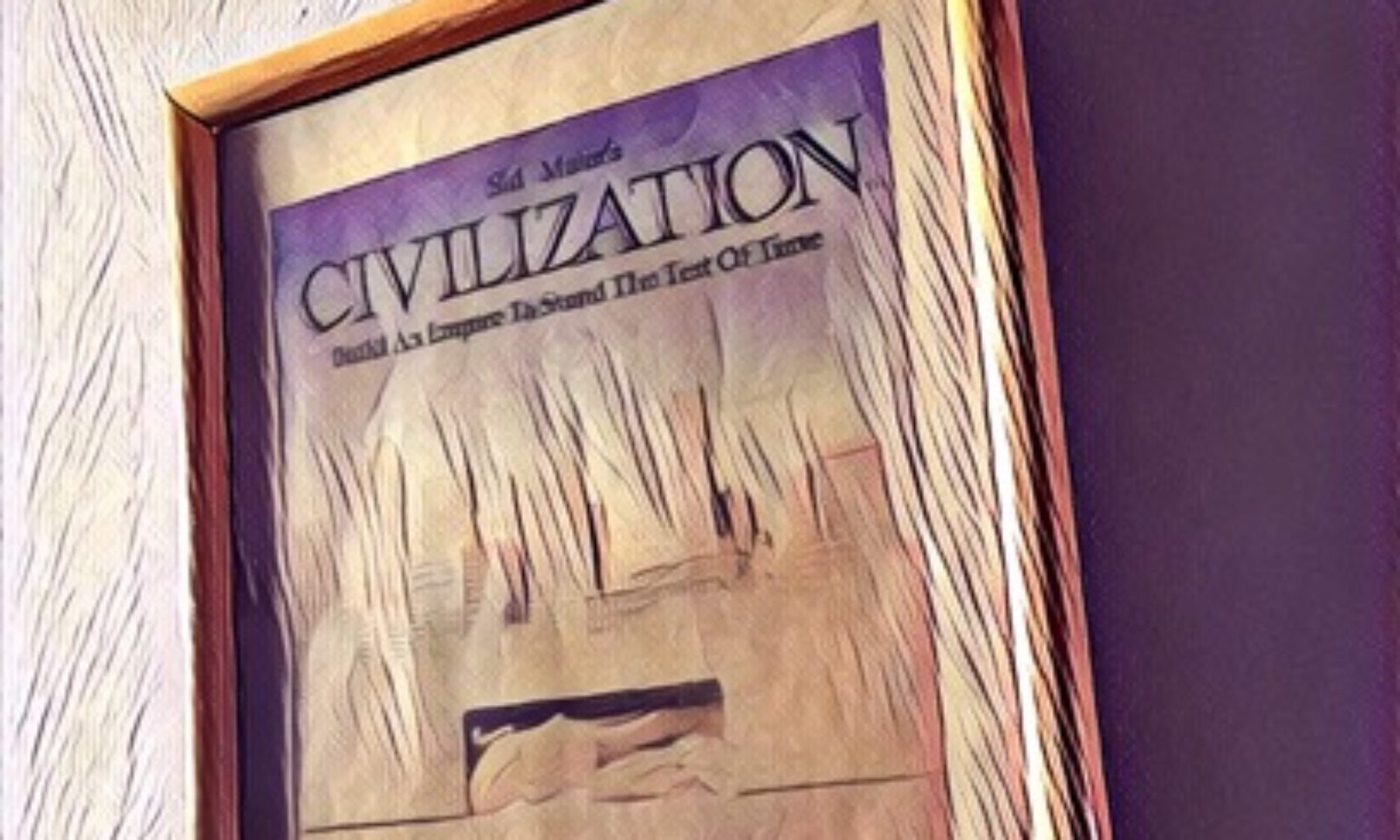With Star Wars Episode VIII – The Last Jedi in the wings, why not ponder remaking the Prequels after Episode IX?
Star Wars Episode I The Phantom Menace (TPM) as made in between 1997 and 1999 has the audience accompany Jedi Knights as if it were the most common thing in the universe. With the opening crawl dryly defining them as “guardians of peace”, the Jedi, who had never been seen at the height of their powers previously, appear as instant heroes without further justification. Only a few seconds in, TPM squanders a natural opportunity for narrative mystique. Perhaps a remake might recalibrate the rather flatly inaugurated Star Wars Prequels.
According to Star Wars Saga canon, Jedi are very rare in the universe, numbering no more than around 10,000. The people inhabiting the galaxy would know of them, but hardly ever meet them in person. TPM audiences were unaware of being privy to such an exceptional event, tricked into taking Jedi for granted. The Jedi do not earn their welcome through their action but franchise taxonomy. While narratively efficient, it is the wrong narrative perspective.
The trouble with Jedi
The mysterious Jedi naturally cause conflict. Since these robed monks wield magical powers, the galaxy’s population would have to be forgiven for being indifferent to a group of wizards presuambly acting in the name of the Galactic Republic. Who would not be wary of a tax-payer financed religious order residing luxurioursly in the heart of the Republic. Why should Jedi not exploit the Force to their benefit?
The Prequels show only a tiny glimpse of society’s ambivalence towards the Knights of the Republic in Episode II – Attack of the Clones: Obi-Wan and Anakin take down a shape-shifting assassin by force (sic), cutting off one of her hands in the process in plain sight of civilians. Dozens of on-lookers are arguably shocked, their horror all but augmented by Anakin’s derogatory sneer at the partying non-Force wielders: “This is Jedi business! Go back to your drinks!” This stark rift between ordinary people and would-be monsters that could snap your spine with the flick of a finger should have been a thematic undercurrent of the Prequels.
The Jedi and Galactic Society
The Original Trilogy establishes that the Jedi “are all but extinct”. Audiences react with sadness when Obi-Wan Kenobi recounts his memories of the days “before the Dark Times, before the Empire.” Yet shortly after, in a clever narrative ploy, a Mos Eisley peasant quickly proceeds to telling stormtroopers – the lawful guardians of peace and justice in the galaxy – about an old man wielding a lightsaber; although that piece of information is never further elaborated on, it suggests that the public does not miss the Jedi but is frightened by the mere thought of them.
Episode I could therefore have introduced us to Anakin, a prodigal child of 10, healing the sick, helping his mother and being kind and altogether supportive in a dark, brutal slave settlement on Tatooine. Through his eyes, mystical forms would enter the plot during the first 20-30 minutes to set the scene for the rising action. Anakin – and the audience – would meet Jedi for the very first time, apparently saviours wielding colourful “laser swords” but somewhat aloof, busy with a plot-related task. Anakin’s eyes widen as a whole new world is opening up before him. The boy would not go unnoticed, of course, with Anakin possibly coming to the aide of a wounded Jedi, and subsequently following the Jedi on their quest as an unlikely hero.
Shades of Grey: The Force and Public Ambivalence
The evolving plot would introduce glimpses of the Jedi, their culture and their nature. The Prequels do throw in the odd shot of Jedi life. George Lucas even establishes that the Jedi have in fact grown self-complacent: when news of an impending Sith threat breaks, they contently remain seated, enjoying the view from their ivory towers. This is a brilliant detail often overlooked in on-going Prequel discussions. A re-made TPM would expand upon this by restricting the narrative space more or less to Anakin’s growing understanding of the universe.
With a TPM-remake requiring the Jedi to prove themselves worthy of audience sympathy, Anakin’s fish-out-of-water role would be mirrored in a strong reversal at the end when the Jedi too are at a loss facing the Sith again for first time after a thousand years. Are these desciples of the Dark Side truly as evil as legends have it?
History is always threatened by manipulative interpretations and questions of origin and authorship. The audience might actually be stunned to find the presumably dark warriors alluring to the point of being supportive of what they may be after. Anakin might actually be questioning the Jedi’s motives. The Prequels could thus toy with the idea of painting Force wielders in greyish tones.
Finally, Anakin’s connection with the Force does not go unnoticed by the Sith either. A struggle for Anakin might set the stage for the next two episodes as the Jedi – with the aide of Anakin – win the day for the time being, yet for whatever side?
As unlikely as it is for Disney to remake the Prequels now that they have been properly integrated in the canon, “re-calibrating” the beginning of the Star Wars Saga to prop up a more densely defined thematic structure instead of pitting newly risen bad guys against ageing heroes after Episode IX seems like an attractive creative task.

